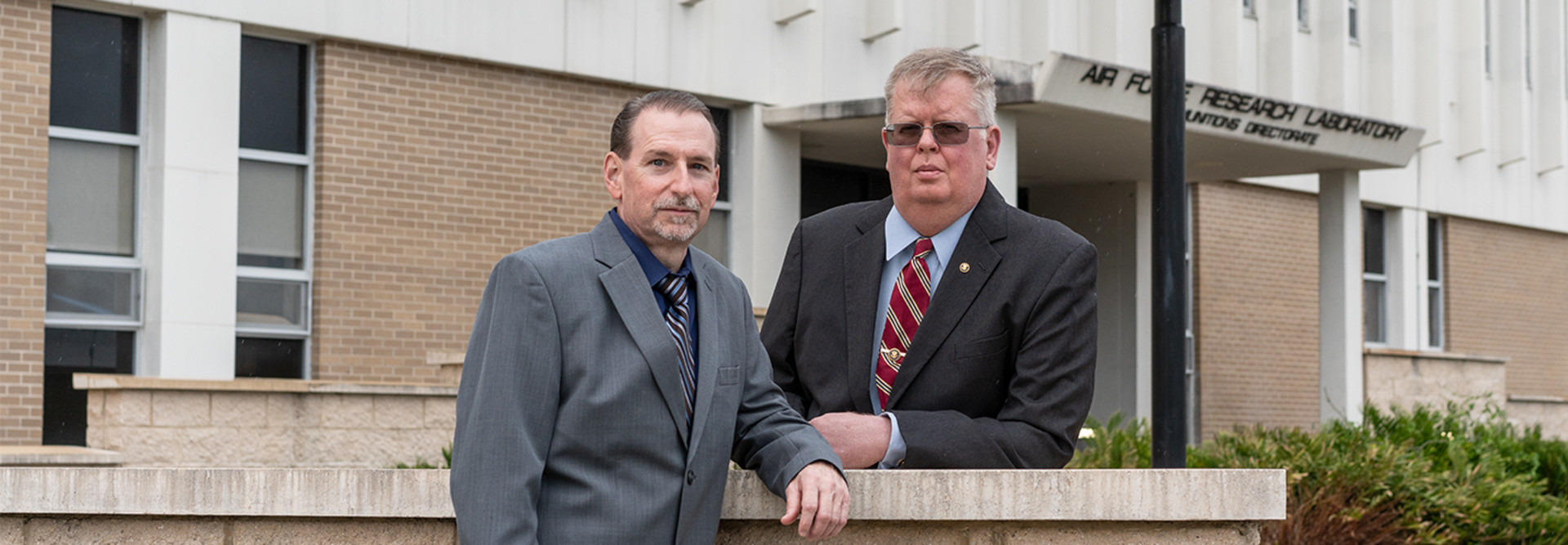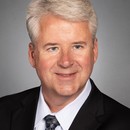In return, universities receive federal funds that enable faculty, researchers and students to work on high-profile research projects. These opportunities can improve enrollment and serve as a recruiting tool because students in relevant fields are likely to see DOD affiliations as desirable when choosing which institution to attend.
Research awards and grants are competitive, but many universities pursue them because of the benefits, says Sarah Spreitzer, assistant vice president of government relations at the American Council on Education.
“It’s access to funding for research. It’s the ability to train students in cutting-edge research and to address issues of national importance,” she says. “It helps drive industry partnerships.”
University of Florida’s Partnership with ARFL Runs on Technology
FLARE’s cooperative agreement with the AFRL Munitions Directorate — which is in charge of developing next-generation weapons technology — is worth up to $19 million over five years.
To enable cutting-edge research, FLARE fully equipped AFRL’s secure research space high-end technology, including a high-speed network built with Cisco and Ciena networking equipment and APC uninterruptible power supplies for surge protection and backup power.
FLARE, based in Gainesville, Fla., also furnished the space with Dell desktop and laptop computers, large LG display screens and HP printers, and its contractors laid about 200 miles of fiber, allowing researchers to connect to the Eglin network for data center access.
“It’s a modern space for Air Force personnel to do analysis and processing work,” Vigeant says.
The research space is the initial project in FLARE’s cooperative agreement with the AFRL Munitions Directorate. DOD has a broader, long-term goal of expanding economic opportunities in the northwest region of Florida by collaborating on research initiatives with educational institutions, local and state government, private industry and agencies within DOD.
LEARN MORE: What’s new with microcredentials in higher education?
AFRL’s initiative, called Regional Advancement and Capability Enhancement (RACE), also includes optimizing the program’s investment in a future workforce. This involves, for example, measuring and adjusting outreach to K–12 schools and STEM programs, and offering internships.
FLARE’s staff of 12 researchers will work with faculty across UF’s Herbert Wertheim College of Engineering to help AFRL achieve its RACE objectives in the coming years, says Vigeant, who is also the initiative’s program manager.












